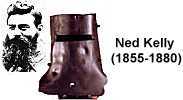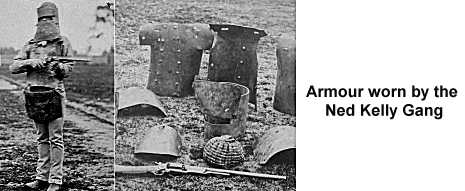The infamous Irish bushranger Ned Kelly has been buried in an unmarked Australian grave some 132 years after his death. Despite being hanged in 1880 it was not until 2011 when DNA evidence from one of his living relatives was matched against bones and remains found in a derelict Melbourne Jail that any funeral could take place.

For a time there was a legal wrangle over the ownership of the remains but in the end his descendants won the right to give him the Catholic burial he is said to have wanted. A crowd of over 500 people turned up to witness the final journey for the Australian legend, despite pleas for privacy from the Kelly family.
Opinion on the legacy of Ned Kelly has always been divided. His crimes in the 1800’s include various armed robberies and murders. He was eventually hanged after his gang was convicted of killing three police officers who were pursuing the renegades. While police authorities have always maintained that Ned Kelly was merely a criminal it is without question that he was also a symbol of rebellion by the poorer particularly Irish immigrants against the Anglo-Australian authorities who ruled in nineteenth century Australia.

The final showdown took place at Glenrowan on 28th June 1880. Kelly wore his home-made metal armour (an image that has become synonymous with him) but was captured and put on trial. He had earlier written an 8000 word letter explaining how circumstances had forced him into a life of crime by situations over which he had no control. The letter was later used against him in court. Ned Kelly was hanged in November 1880. His last words were ‘Such is life’.
 Michael Green is Manager of The Information about Ireland Site
Michael Green is Manager of The Information about Ireland Site